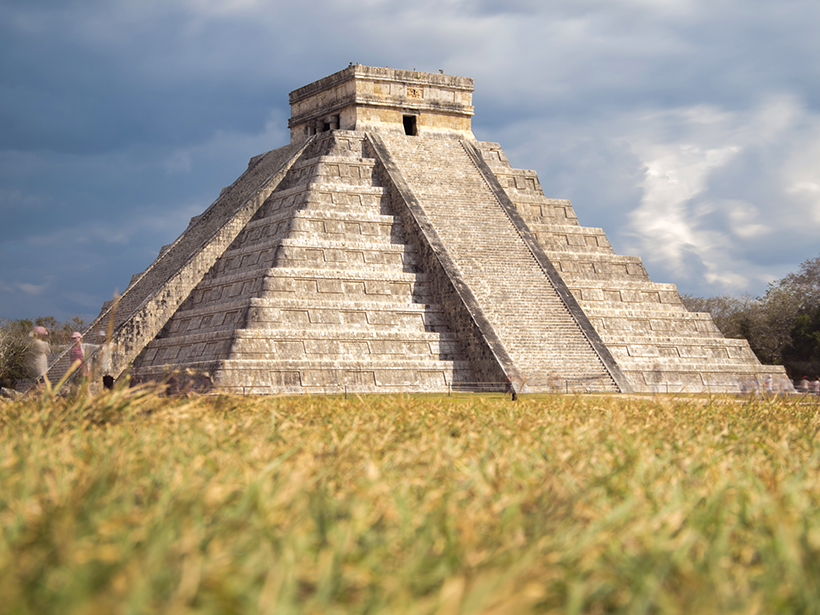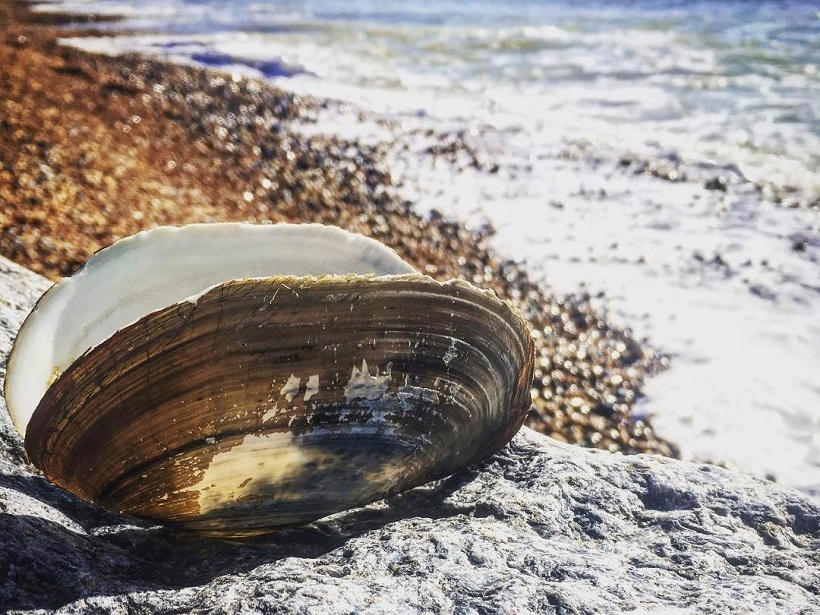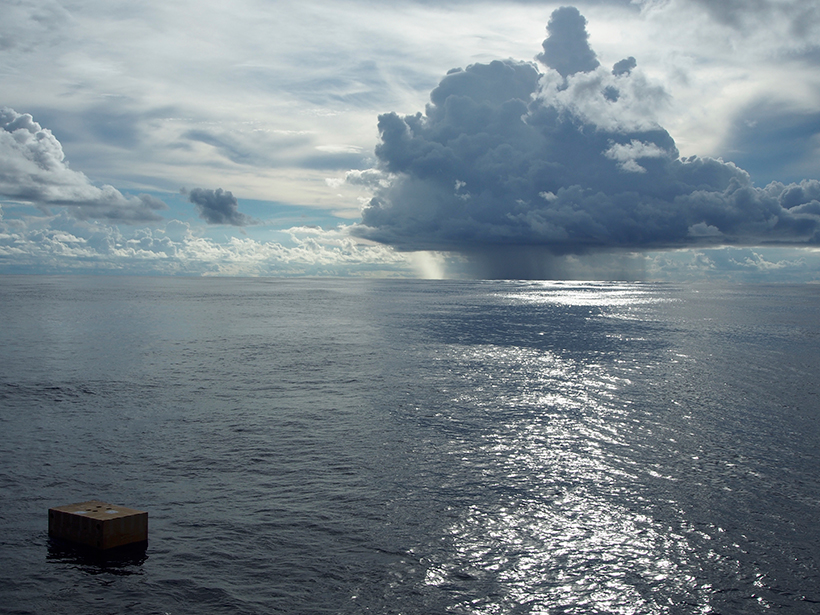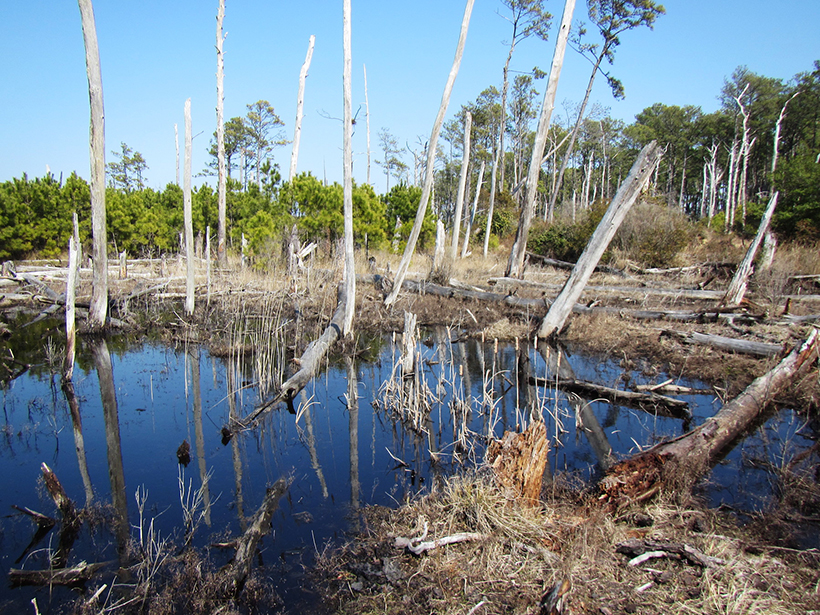Chemical signatures from sediments in lake cores reveal that the centuries-long drought during the fall of Classic Maya civilization was worse than researchers had imagined.
paleoclimatology & paleoceanography
Scraping Bottom: Iceberg Scours Reveal North Atlantic Currents
A 3-D seismic analysis of Pleistocene iceberg gouges indicates that surface currents in the Norwegian Sea flowed northward and remained consistent during numerous glacial cycles.
Dynamic Ice Sheet and Sea Level Response to Past Climate Change
PALSEA2 Workshop; Playa del Carmen, Quintana Roo, Mexico, 6–9 November 2017
How Paleofire Research Can Better Inform Ecosystem Management
Global Paleofire Working Group 2: Paleofire Knowledge for Current and Future Ecosystem Management; Saint-Hippolyte, Quebec, Canada, 10–14 October 2017
Radiocarbon in the Oceans
Offsets in radiocarbon concentration within the ocean or between the ocean and the atmosphere are particularly useful proxies for a variety of studies.
Reconstructing Climate and Environment from Coral Archives
Tropical Coral Archives—Reconstructions of Climate and Environment Beyond the Instrumental Record at Society-Relevant Timescales; Bremen, Germany, 28 September 2017
Piecing Together the Big Picture on Water and Climate
A new database brings together water isotope data from many sources, providing an integrated resource for studying changes in Earth’s hydroclimate over the past 2,000 years.
History of Mars’s Water, Seen Through the Lens of Gale Crater
Research uncovers more of Mars’s past, when flowing water may have been transient before eventually disappearing.
Impact of Hurricanes and Nor’easters on Coastal Forests
Scientists trace severe storms’ effects through tree ring growth patterns.
Nordic Workshop Takes on Major Puzzles of Paleomagnetism
8th Nordic Paleomagnetism Workshop; Leirubakki, Iceland, 30 September to 7 October 2017










